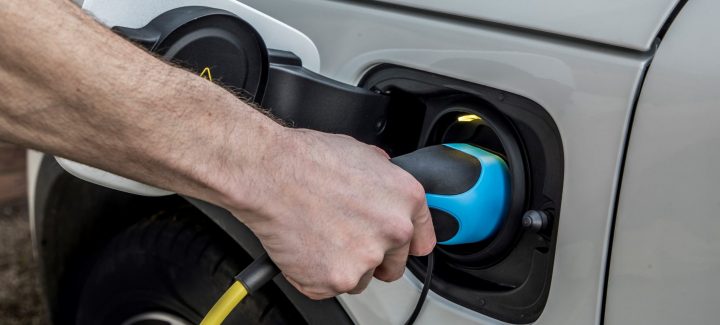As more British drivers swap petrol pumps for an electric hook-up, Channel 4 Dispatches has new figures tonight revealing the shocking state of Britain’s electric car charging network.
| Melanie Shufflebotham, Co-founder of ZapMap said, “I think it’s an issue that that needs to be improved. When I talk to the network operators, they are very aware of reliability and they know that is the number one thing that electric vehicle drivers want. They are focused on providing really good units, which are reliable and robust. But it needs to improve.”
The charging network has been developing in Britain over the last 10 years. There are currently more than 26,000 charging devices in the UK.[1] Some are funded by the government and local councils. But the majority are provided by more than 60 different private companies. In the last year, charging points have increased by approximately 40% but Dispatches reveals there was a 66% increase in plug in EVs over the same time. |
Working with EV-driver app, Zap-Map, Dispatches sampled one day in September and revealed:
|
Dispatches also discovered that some charge points also remain broken for extended periods. Speaking anecdotally to EV drivers, Dispatches reveals the UK’s unofficial top three out-of-service charging points:
- 3 years – an out-of-service charging point in Litchfield
- 5 years – an out-of-service charging point on the Isle of Wight
- 6 years – an out-of-service charging point at the Metrocentre in Gateshead
Gateshead Metrocentre explained, “The charger was a trialed test site prototype with now obsolete technology which cannot be fixed and will be removed. All our fast and rapid chargers are operational and new EV parking bays will also be operational in 2022.”
In response to the Dispatches findings the Department for Transport said, “We want to make charging an electric vehicle as easy and accessible as refuelling a petrol or diesel car. That’s why the Government has just committed £620 million to support the transition to electric vehicles on top of the £1.9bn from Spending Review 2020.”
For drivers who are dissuaded from full electric, hybrids are a popular choice. However, Dispatches commissioned exclusive research revealing certain groups of potentially harmful pollutants are worse in some new hybrid cars than some new diesels.
Hybrids are the most popular form of electric vehicle in the UK, accounting for nearly a quarter of all new car registrations in September 2021. With an electric motor, hybrids can reduce exhaust emissions of carbon dioxide, nitrogen oxide and particulate matter. However, volatile organic compounds – VOCs – are chemicals that are emitted as gases from some liquids including petrol and diesel. At certain levels some VOCs can cause cancer or cause ground-level smog.
Dispatches worked with exhaust analysts Emissions Analytics to test emissions from 9 cars – 6 hybrids which all use petrol, 2 diesels and 1 pure petrol car. All the cars were put on the open road for testing. The results showed that, in a cold start, all hybrids performed worse than the new diesel car, emitting higher levels of VOCs. Many VOC gases that are emitted from exhausts, including formaldehyde, are not currently measured or regulated by the government.
James Hobday, Business Development Director, Emissions Analytics went on, “It’s often a simplification when people look at emissions to say that electric is good and diesel is bad. In cold starts, VOCS for the electrified cars were often much higher than for diesels. And the diesels were even cleaner than the petrols. The prevailing wisdom that electric cars are clean when it comes to VOCs it isn’t the case. The VOCs we found, like benzene and formaldehyde, are in notable quantities. We still require research into what quantities of VOCs are acceptable”
The Department for Transport told Dispatches, “We’re on course to become the first G7 nation to fully decarbonise cars and vans. Hybrid cars and vans have an important role to play to achieve our phase-out date and will only be allowed to be sold between 2030 and 2035 if they deliver significant zero emission capability. By 2035 all new cars and vans will be zero emission at the tailpipe. Before 2035 we will continue to regulate emissions from non-electric vehicles”


